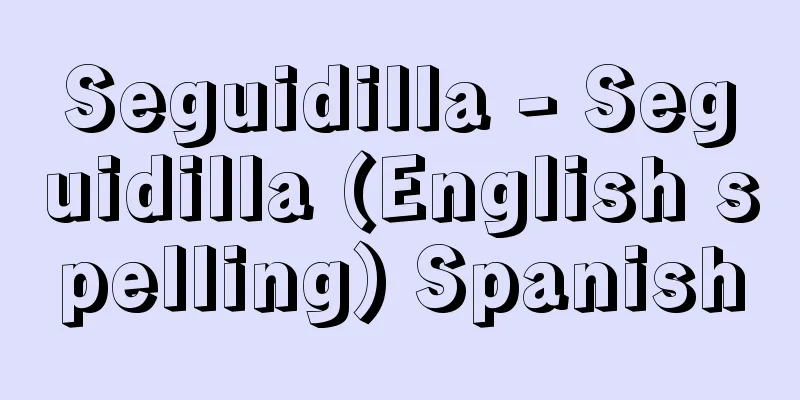Il'ya Efimovich Repin

|
Russian painter. Born in Chugoyev near Kharkov in Ukraine as the son of a garrison soldier. Gifted with artistic talent from an early age, at the age of 16 he joined the icon painters' guild and travelled around Ukraine painting icons. In 1863, he went to St. Petersburg with money he had earned himself, where he met the painter Kramskoy, and the following year he studied at the Academy of Fine Arts. He graduated in 1871 with a gold medal for "The Resurrection of Yair's Daughter." During this time he painted "Barge Haulers on the Volga." In 1873 he went to Paris via Italy, where he became friends with Polenov and Savitsky, who were studying abroad. In 1878 he exhibited "The Archdeacon" at the Wanderers exhibition, which attracted much attention. Influenced by the historical painter Surikov, he painted major works such as "Princess Sophia," "Ivan the Terrible and His Son Ivan," and "Zaporozhian Cossacks," as well as portraits of famous people such as Mussorgsky. He was a prominent member of the Peredvizhniki movement, but ultimately left the association in protest against its self-righteous management. In the autumn of 1891, he held a large solo exhibition in Moscow and St. Petersburg, which was a great success, and he was appointed professor at the Academy of Fine Arts. In 1900, he moved to Kuokala in Finland (now Repino in the Russian Federation) and devoted himself to his work. He did not accept the 1917 revolution, and continued to paint religious themes. He declined a request from the Soviet authorities to return to Russia, and died there at the age of 86. Today, his major works decorate Russian museums, and he is highly regarded as a master of 19th century realism painting. [Hiroshi Kimura] [References] | |Source: Shogakukan Encyclopedia Nipponica About Encyclopedia Nipponica Information | Legend |
|
ロシアの画家。ウクライナのハリコフ近郊チュグーエフに屯田兵の子として生まれる。幼少より画才に恵まれ、16歳のときには聖像画家組合に属してウクライナ各地を旅して聖像画を描いた。1863年、自ら稼いだ金をもってサンクト・ペテルブルグへ赴き、画家クラムスコイを知り、翌年から美術アカデミーに学ぶ。71年『ヤイルの娘の復活』で金メダルを受けて卒業。この間『ボルガの舟曳(ひ)き』を描く。73年イタリアを経てパリへ行き、留学中のポレノフ、サビツキーらと交友する。78年移動派展に『補祭長』を出品、話題となった。歴史画家スリコフの影響を受け、『皇女ソフィヤ』『イワン雷帝と息子イワン』『ザポロージエのコサック』などの大作をはじめ、ムソルグスキーなど有名人の肖像画を描いた。移動派の有力メンバーであったが、最終的には協会の独善的な運営に反発して脱会した。91年の秋、モスクワとペテルブルグで大個展を開いて成功を収め、美術アカデミーの教授に迎えられた。1900年には当時のフィンランドのクオカラ(現ロシア連邦領レーピノ)に移り、創作に励んだ。17年の革命を受け入れず、宗教的テーマを描き続け、当時のソ連当局による帰国要請を断り、86歳の長い生涯を同地に終えた。今日、その主要作品はロシアの美術館を飾り、19世紀リアリズム絵画の巨匠として高く評価されている。 [木村 浩] [参照項目] | |出典 小学館 日本大百科全書(ニッポニカ)日本大百科全書(ニッポニカ)について 情報 | 凡例 |
Recommend
Hymenaios
…Ancient Greek god of marriage. Also called Hymen...
Financial accounting
Accounting aimed at financial reporting to a comp...
Theodor Ritter von Oppolzer
1841‐86 Austrian astronomer. Born in Prague, he st...
Aborigine - Aborijin
...refers to the indigenous people who lived on t...
FITA - FITA
(France) Fédération Internationale de Tir à l'...
Benedictus XV (English spelling)
...Pope Pius IX's (1846-1978) Syllabus of 186...
Fort William
…From 1881 to 1905, a weather observatory was est...
upaskuma
...In the Edo period, it was called "Ezo Jor...
Decapterus muroadsi - Decapterus muroadsi
A marine fish of the family Carangidae in the orde...
Dounenbushi
A popular song from the mid-Edo period. Pick-up so...
Spathularia clavata (English spelling)
…Distributed worldwide, it can be found throughou...
Differentiation of peasantry
Regarding the decomposition of the peasant class,...
Panckoucke (English spelling)
A family of printers who settled in the northern F...
Fermentation tank - fermenter
A vessel in which fermentation takes place. A vess...
Chowa Kishimoto
Year of death: 17th October 1715 (12th November 17...









